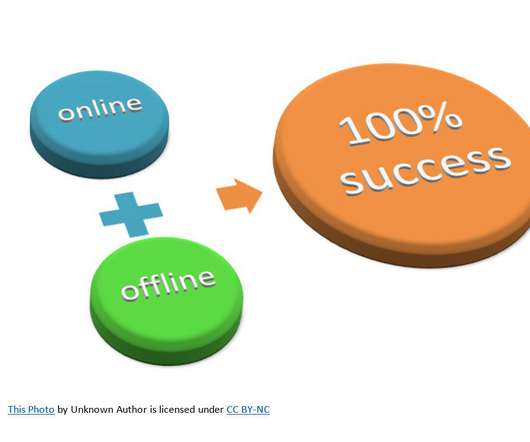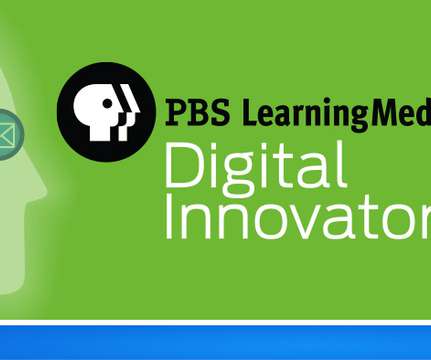30 Ideas To Consider When Implementing School Online and Offline During The Coronavirus
21st Century Educational Technology and Learning
MARCH 30, 2020
As the Coronavirus has changed the landscape of education, I have become more and more aware of inequity and the digital divide. Over seven years ago I worked with our District Technology Director and Superintendent to create a 1:1 e-learning program that would be used to make up snow days.















Let's personalize your content